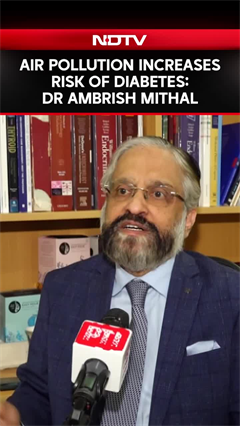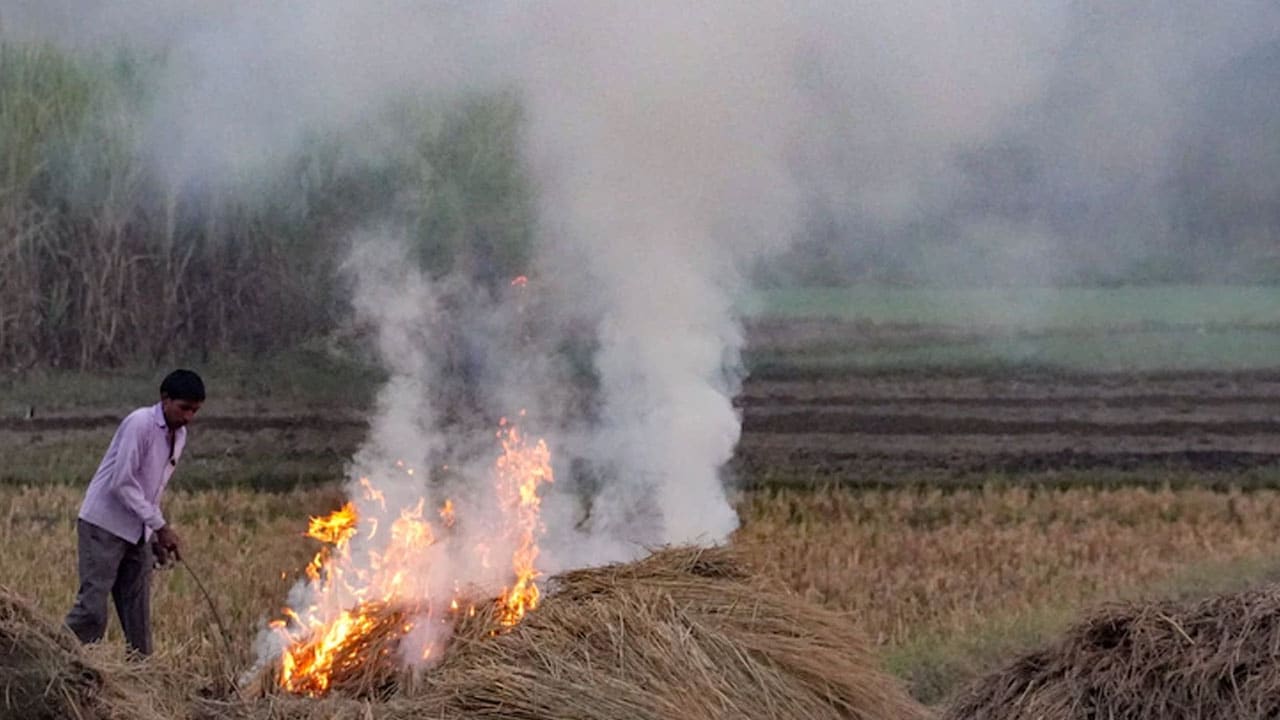- Home/
- Why Doesn't India Report Air Quality (AQI) Measure Beyond 500?
Why Doesn't India Report Air Quality (AQI) Measure Beyond 500?
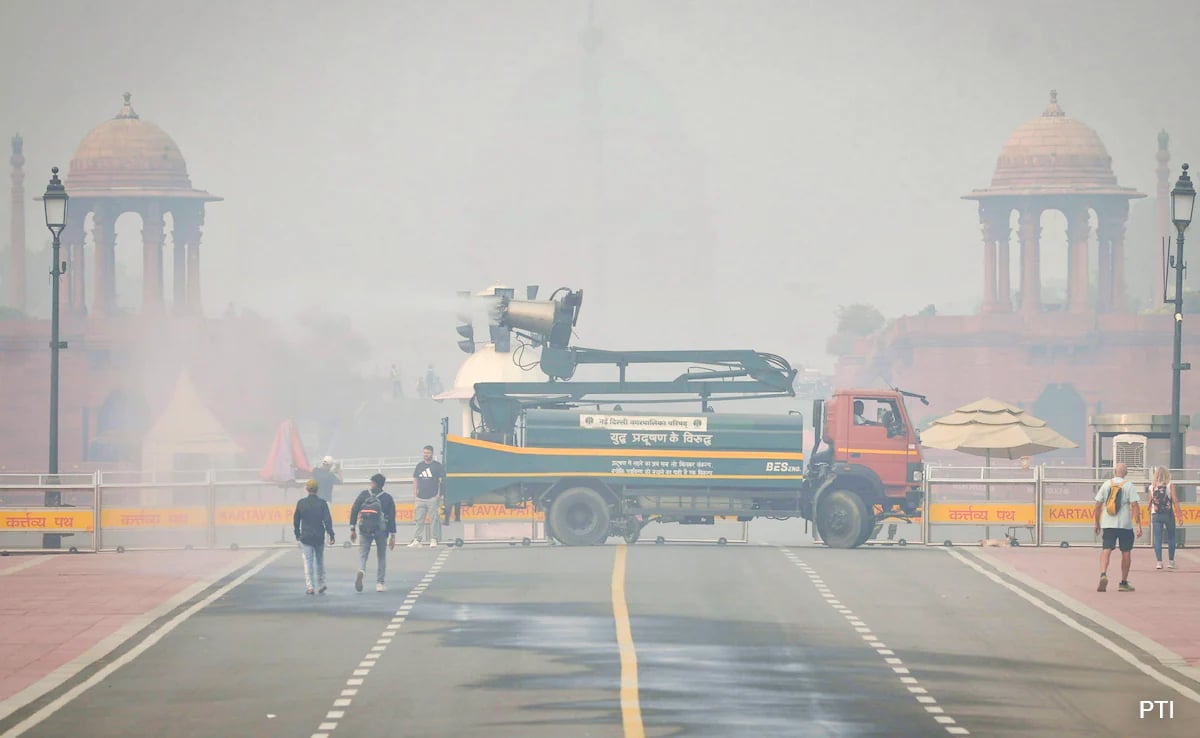
In the heart of Delhi, at a spot popular for picnics in Delhi's crisp winter, a group of protestors are demanding their right to breathe freely.
"Why, as a parent, am I being forced to make a choice between the right to education and the right to health for my son every day?" asks a mother protesting against air pollution at Jantar Mantar, a big tourist draw in the city. "I have normalised the idea of a mask for my child," she adds.
IQAir, a Swiss air-quality monitoring company, clocked Delhi's air quality index (AQI) at a staggering 506 on Wednesday at 7 am. However, India's Central Pollution Control Board (CPCB) reported a lower AQI of 399, falling under the "very poor" category.
This raises the question, why are official AQI readings so different from what independent monitors or their own devices show? And which one to believe?
Here's the catch - both readings are correct, but for different reasons.
Also Read | Explained: 350 vs 1,100, CPCB vs IQAir, Who Has Got Delhi's AQI Right
What Is AQI?
The AQI is a public health tool designed to communicate air pollution levels or the quality of air in simple terms. Eight pollutants namely particulate matter (PM) 10, PM2.5, Ozone (O3), Sulphur dioxide (SO2), nitrogen dioxide (NO2), carbon monoxide (CO), lead (Pb) and ammonia (NH3) act as major parameters in deriving the AQI of an area, as per the CPCB.

"AQI is a calculated index based on different parameters. It is for common man's understanding of air quality," explained Mohan George, Consultant at the Centre for Science and Environment. "AQI has different color-coded ranges simply to tell the citizens that air is good or satisfactory or very poor and what they should be doing," George, also former Additional Director at Delhi Pollution Control Committee, added.
For example, an AQI between 401 and 500, or in the 'severe' category, is hazardous even for healthy people, and one should avoid going out or exercising in the open.
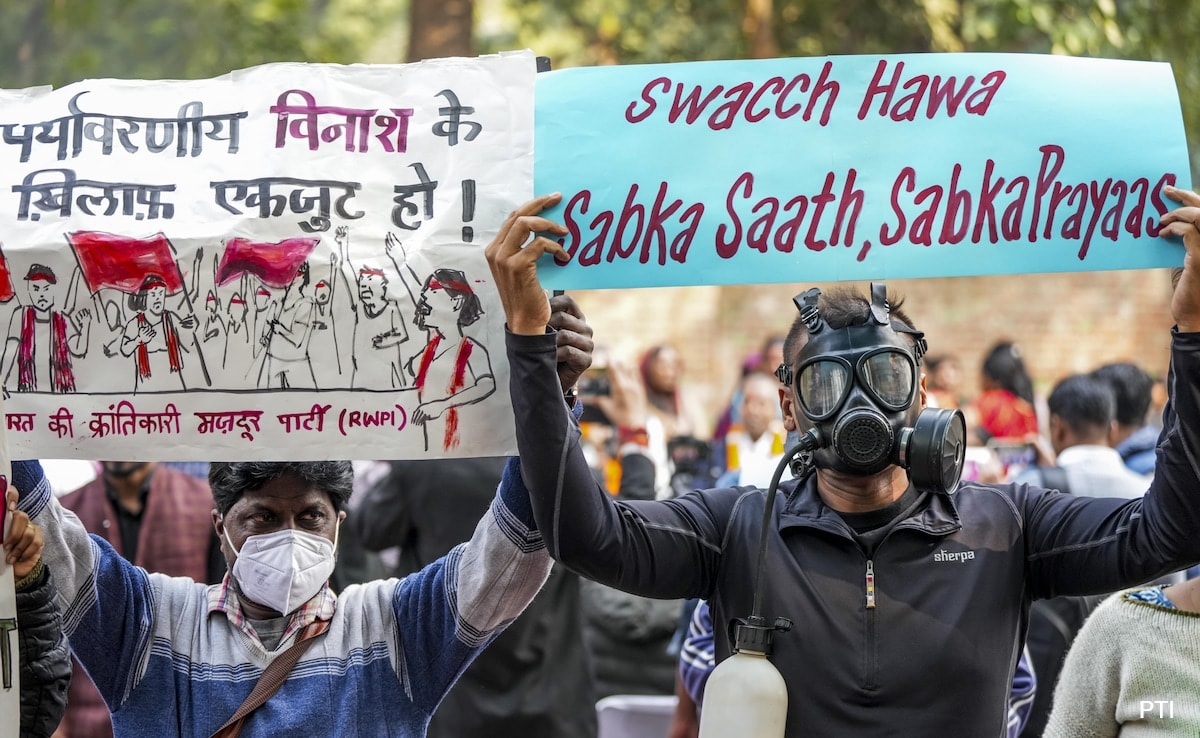
Concentration vs AQI
Air quality monitoring stations provide concentration values of different pollutants - particulate matter and gases. Explaining how AQI is calculated from the concentration, George said, "AQI for a given day is computed using air quality data from the previous 24 hours. The average concentrations of each pollutant are calculated and fed into a formula to generate their respective sub-indices. The highest of these sub-indices determines the overall AQI. For instance, if PM2.5 has a sub-index of 400 and ozone is 300, the AQI becomes 400 because we take the worst sub-index."
Eight pollutants are considered while calculating the AQI. In India, a concentration value of minimum three pollutants, one of which must be a particulate matter, is essential to derive the AQI.
"In the Indian and broader Asian context, dust plays a major role. Therefore, particulate matter (either PM2.5 or PM10) remains the dominant pollutant across North India, most of the time," George added.
Blog | Well Done, Delhi. You've Turned Lung Sacrifice Into A Badge Of Honour
WHO vs India: Different Threshold Of Safe Levels
The Central Pollution Control Board (CPCB) considers 60 micrograms per cubic meter of PM2.5 as safe for a 24-hour average. The World Health Organization (WHO), however, has set a much stricter limit of 15 micrograms.
But these are pollutant concentration values, not AQI so they can't be directly compared with the Air Quality Index numbers that the government releases.
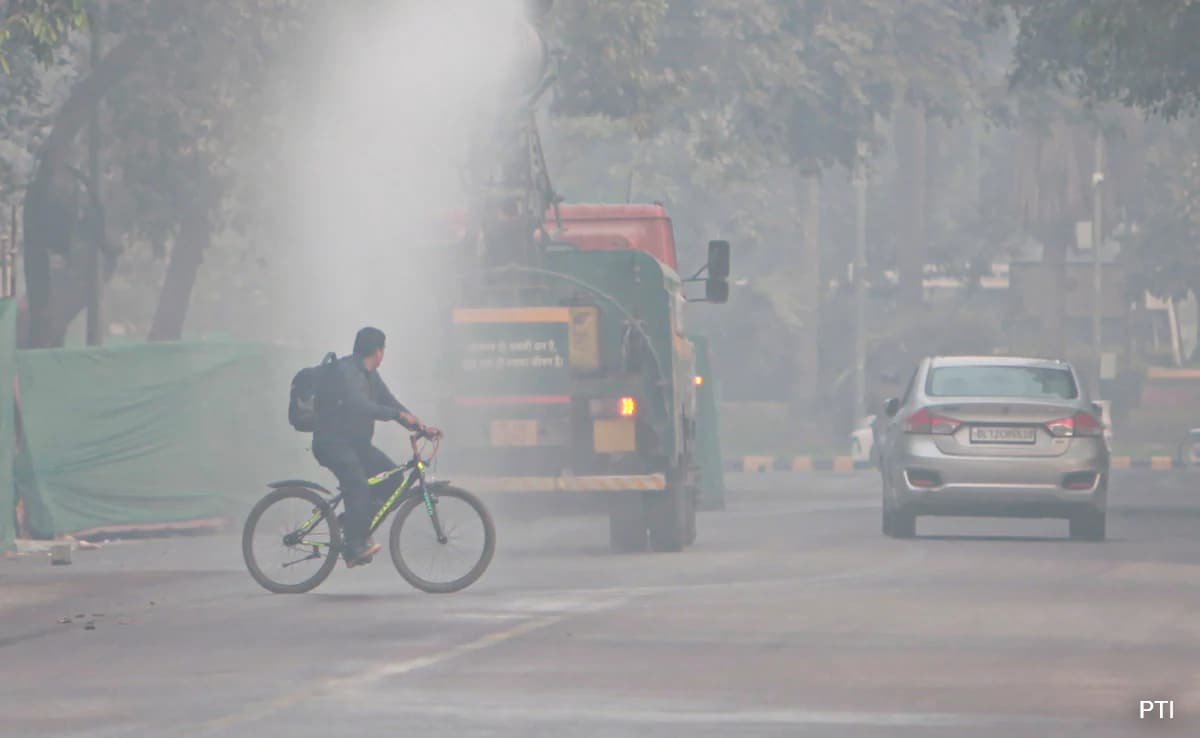
An anti-smog gun sprays water droplets to curb air pollution, in New Delhi.
Why Is There A Difference In AQI?
India's AQI scale is capped at 500. Meaning, AQI beyond 500 will be grouped under the "severe" category, indicating a public health emergency.
The CPCB categorises AQI into six parts: 0-50 is considered 'good', 51-100 'satisfactory', 101-200 'moderate', 201-300 'poor', 301-400 'very poor', and between 401-500 'severe'.
"AQI above 400 is hazardous. It is assumed that the health impacts are similar at AQI 500 and AQI 900, so why show a higher number and create panic among people," says Professor Dr Gufran Beig, Chair Professor at the National Institute of Advanced Studies (NIAS).
Also Read | As Delhi Chokes, AIIMS Doctor Says Masks Won't Help
However, there is no scientific justification for capping AQI at 500 despite the ability to calculate higher values, said Sunil Dahiya, Founder and Lead Analyst at Envirocatalysts.
"While it is true that long-term impacts are higher at lower concentration exposures and increase marginally at very high concentrations, but the immediate threats are way higher, leading to hospitalisation and medical emergencies for heart and respiratory patients and sensitive groups whenever pollution levels go way too high as observed during peak stubble burning episodes and around Diwali," added Dahiya.
There's also a difference in data sources. CPCB relies on reference-grade monitors that provide calibrated data, explains George.
IQAir, on the other hand, aggregates data from both government stations and low-cost sensors installed by companies and individuals.
However, experts suggest looking at AQI labels like "severe" or "hazardous," or at pollutant concentrations, and taking protective health measures accordingly.
"Inhaling air at an AQI level of 500 is hazardous. If it rises to 900, it remains hazardous. It's comparable to consuming something, be it one spoon or two, it's still dangerous," George concludes.
also read
Toxic Air, Tiny Lungs: Why Children Face The Greatest Risk From PM2.5 Exposure
Edited by Srishti Singh SisodiaToxic Air Poses Heightened Risks To Pregnant Women And Their Babies, Warn Delhi Doctors
Press Trust of IndiaAnti-Pollution Protesters Meet Minister, Discuss How To Improve Delhi's Air
Reported by Ishika Verma
Latest Stories
- Edited by Srishti Singh Sisodia | Thursday November 20, 2025
Children are vulnerable as their lungs are still developing and they breathe faster than adults, absorbing more pollutants relative to their body size.
- Written by Aastha Ahuja | Thursday November 20, 2025 , New Delhi
The air quality index (AQI) is a public health tool designed to communicate air pollution levels or the quality of air in simple terms.
- Press Trust of India | Thursday November 20, 2025 , New Delhi
Health experts have flagged that the toxic air poses heightened risks to expectant mothers and their babies.
- Reported by Ishika Verma | Wednesday November 19, 2025 , New Delhi
After weeks of parents, students and residents taking to the streets over Delhi's choking air, the city government on Wednesday finally opened its doors to those leading the protest.
- Written by Mohit Bhardwaj | Wednesday November 19, 2025
Here are 5 practical tips to reduce air pollution exposure while driving, as Delhi-NCRs air quality deteriorates, with AQI levels hitting severe marks despite failed artificial rain efforts.
................................ Advertisement ................................
Latest Videos
Opinion
Blog | Well Done, Delhi. You've Turned Lung Sacrifice Into A Badge Of HonourSaikat Kumar Bose
Monday November 10, 2025Till some years back, Delhiites would ask angry questions to those in power about the capitals annual tryst with toxic air. This has changed. Those in the driving seat dont see the need to answer now.
Opinion | Why Indians Have Just Given Up On Air Pollution CrisisTanushree Ganguly
Friday December 20, 2024While some may argue that people in Delhi are now more aware of air pollution than they were a decade back, my rebuttal would be that awareness does not mean that people are concerned.
Opinion | You Must Outrage Over Filthy Air More Than Once A YearJyoti Pande Lavakare
Tuesday December 10, 2024Delhi welcomed us with monsoon rains and mangos. We were home. Fast forward a couple of years, in the winter of 2012, I found myself in denial about something other parents, mostly expats, were calling toxic air.
Opinion | Delhi's Air Pollution Situation Is Like A Bad MarriageNishtha Gautam
Friday November 22, 2024On a good day, such as today, the AQI reading in Delhi is 407. We are jubilant at the sickly sunshine trickling through the slightly dissipated smog. At least its not 1600.
दिवाली... पराली... सियासी जुगाली!Ashwini kumar
Monday November 18, 2024दिल्ली-एनसीआर में प्रदूषण का समाधान तो आज तक मिला नहीं. हर साल चिंतित होकर हम-आप सांसों की तकलीफ के साथ-साथ दिल और ब्लड प्रेशर के मरीज भी क्यों बनें?









